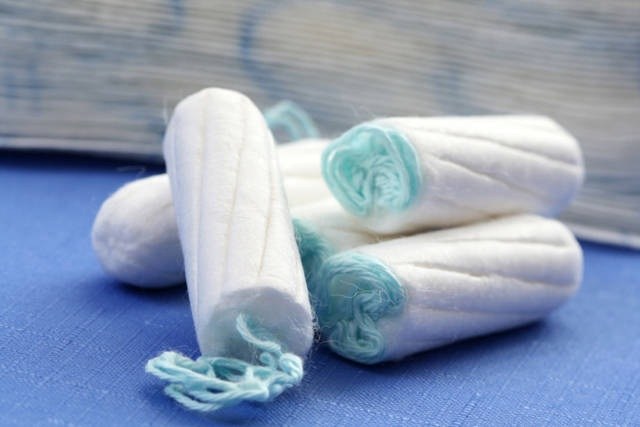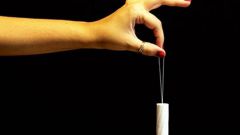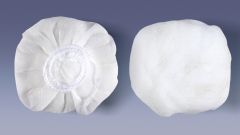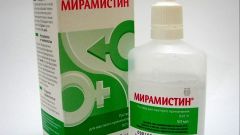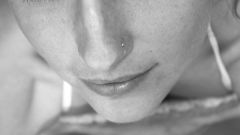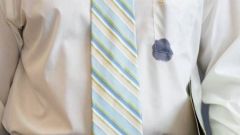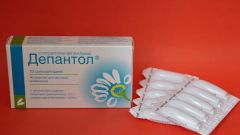The appearance of a tampon
A tampon is an elongated cylinder, pressed from specially treated cotton or viscose. Hygienic the product is white in color. The absorbent substance is very soft to the touch, reminiscent of pressed wool. The tampon inserted into the vagina to absorb menstrual flow.
Currently, manufacturers produce different kinds of tampons: with and without applicator. In addition, tampons have special sizes that depend on the intensity of the discharge. So, hygiene items Light suit those women whose allocation is negligible. Regular – for moderate discharge. Super — for moderate and heavy periods. And Super plus – for very heavy discharge.
How to correctly insert a tampon?
Insert the tampon in the day when menstruation is most abundant. So, stand up, spread your legs, place the swab between the labia in the direction of the vagina. Some women are more convenient with the introduction of the swab to stand on one leg, and the second to deliver on a stool (or any other hill). Then relax your vaginal muscles and push the applicator or the tampon straight up. The applicator must enter the vagina in half. This should not occur pain. Then, push the small tube of the applicator so that it was in great. Now remove the applicator from the vaginal canal, there will be only a tampon.
Keep in mind that the tampon has been properly inserted into the vagina with an applicator or without, is within. Comfortable feeling will tell you that it was done right. The thread of the tampon should be well visible from the vaginal opening. So you'll be able to extract hygiene products at any time. If the tampon is not entered correctly, remove it and try to enter again.
A few recommendations for the use of
Use tampons only during menstruation. And don't leave them in the vagina for more than 4 hours. The fact that the use of tampons creates conditions for the rapid multiplication of bacteria, and it can be dangerous. So, replace the tampon every 4 hours.
The best hygiene during critical days - alternating pads and tampons. At night do not use tampons, as you sleep more than four hours and not be able to change hygienic tool. In addition, the use of pads at night will accelerate the healing of microcracks, which may appear from the use of a tampon during the day.
For insertion of tampons there are contraindications such as adnexitis, vulvovaginitis, adenomyosis, endometritis and other diseases of the uterus and vagina.
